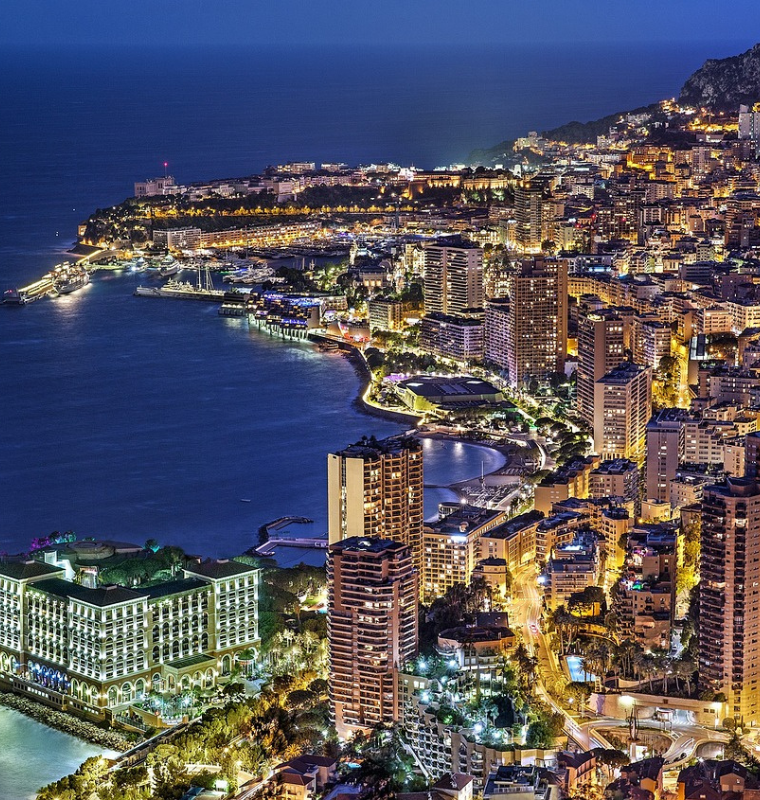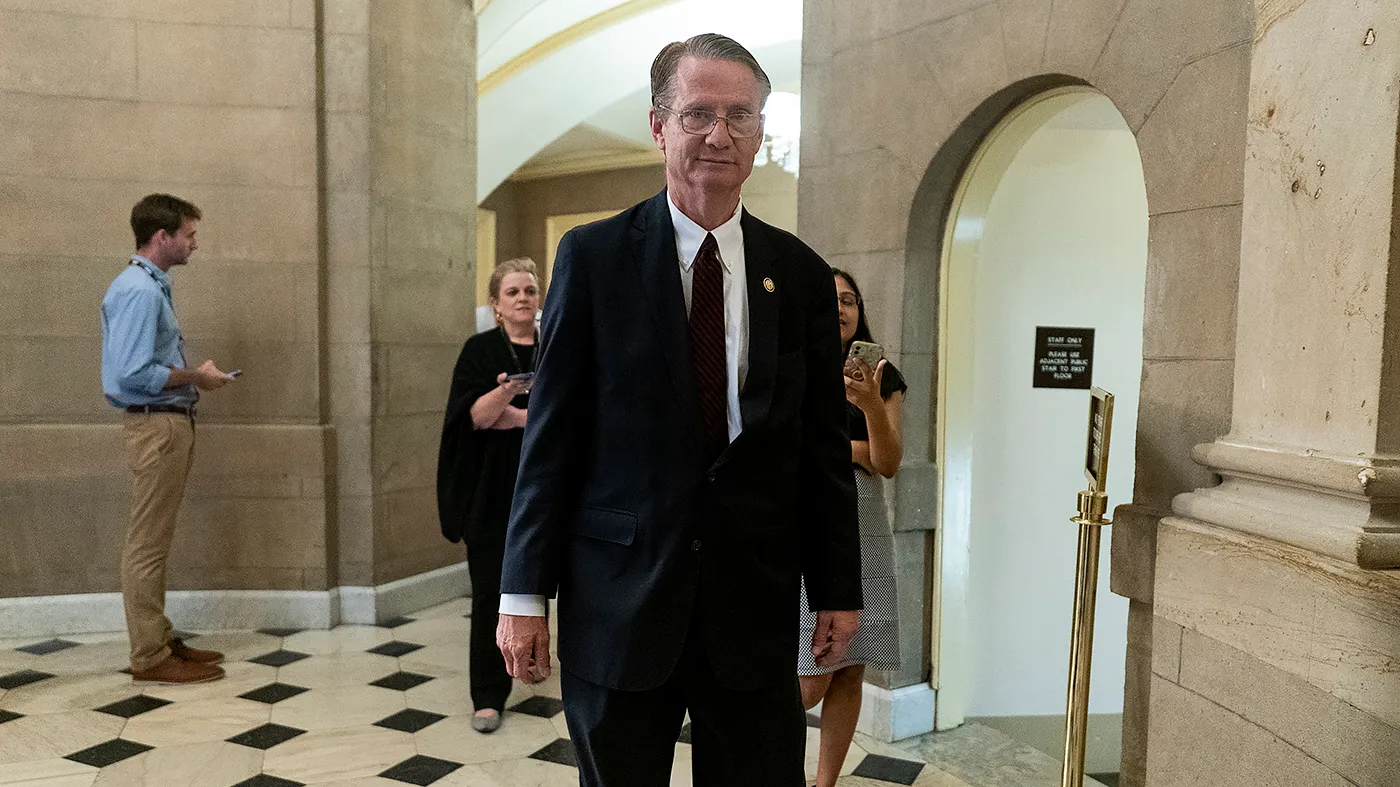Putin's Playbook: How He Might Outmaneuver Trump in Their Alaska Summit
Putin's Playbook: How He Might Outmaneuver Trump in Their Alaska Summit
By
Rachel Steinberg
Last updated:
August 14, 2025
First Published:
August 14, 2025
.jpeg)
Photo: Los Angeles Times
When Russian President Vladimir Putin meets former U.S. President Donald Trump in Anchorage, Alaska, on August 15, 2025, it’s not just geography that carries historical weight—but the optics and power dynamics swirling around the “War in Ukraine” summit. Analysts deeply wary of Kremlin strategy argue that Putin enters with the upper hand, aiming not for peace—but for cunning advantage, all in a room where Ukraine and its allies are notably absent.
Setting the Stage: High Stakes, Loaded Symbolism
Anchorage—a once-Russian territory with deep historical ties—sets the tone for the meeting. It’s a location that distances Europe and Kyiv and places Putin on America’s doorstep under safe jurisdiction (the U.S. is not bound by the ICC arrest warrant against him). This limited, two-person summit raises alarm among Western today, who argue any sweeping decisions made without Ukraine’s participation could dangerously alter regional norms.
Putin’s Tactical Advantage
Putin arrives with little to lose and much to gain. European leaders and Ukrainian President Zelenskyy have made clear that any peace must include Ukraine and respect its territorial integrity. Yet Trump’s past openness to “territorial swaps” raises concern. Analysts warn the Alaska meeting may simply legitimize Russia’s demands under the guise of diplomacy, rather than deliver meaningful ceasefire or restoration of sovereignty.
Trump's Gamble: Blunt Didn’t Work Last Time
The Trump–Putin dynamic is notoriously unpredictable. Their 2018 Helsinki summit ended with Trump appearing to side with Putin over his own intelligence agencies. Now, U.S. officials describe the Alaska meeting as a “feel-out” or “listening exercise,” signaling low expectations—but potentially offering Putin room to maneuver. Without advisors or Ukraine present, Trump’s instincts and reflexes in the room could shape outcomes far more than formal policy or strategy.
Pressure from Allies, Uncertain Leverage
European leaders have pressed Trump to uphold red lines—specifically that Ukraine must lead any negotiation over its land, and no concessions can be imposed from without. Merkel and Macron insist that any settlement remain respectful of Ukrainian sovereignty, while simultaneously warning that giving Putin legitimacy in Anchorage risks weakening collective Western resolve. At the same time, Trump has warned of “very severe consequences” should Russia refuse to cease hostilities—but the vagueness of his threats fuels skepticism about whether he truly holds leverage.
Historic Precedents, Risks Revisited
History offers grim reminders of diplomacy gone badly. Past peace talks have deceived—and broken trust. Experts note that only a minority of peace agreements after WWII were successful, many collapsed, and some emboldened aggressors—if Putin returns from Anchorage claiming progress, the result might be dangerous—not just for Ukraine—but for the credibility of Western alliances.
Putin is expected to enter the Alaska summit confident—leveraging symbolic location, messaging control, and Trump’s willingness to negotiate in seclusion. Whether the discussion centers on a ceasefire, nominal territorial “plan,” or simply gifting Putin global normalization, one thing is clear: for Ukraine, sidelined and endangered, the outcome could be devastating.
Popular articles
Subscribe to unlock premium content
Merch, Meals, and Memories

Innovating One Feature at a Time

Zero Taxes, Maximum Attraction – Why Monaco is the ultimate playground for the wealthy.

Merch, Meals, and Memories

Innovating One Feature at a Time

Merch, Meals, and Memories







.png)

